Northeastern States Research Cooperative

The Northeastern States Research Cooperative (NSRC) is a competitive grant program supporting cross-disciplinary, collaborative research in the Northern Forest—a 30-million-acre working landscape that is home to more than two million residents and stretches from eastern Maine through New Hampshire and Vermont and into northern New York. NSRC addresses the importance of the Northern Forest to society and the need to work collaboratively with the people who live within its boundaries, work with its resources, use its products, visit it, and care about it.
| Project ID | Title | Project Description |
|---|
Unfortunately there are no projects for that theme. Please check back again as we are constantly working to include more resources!
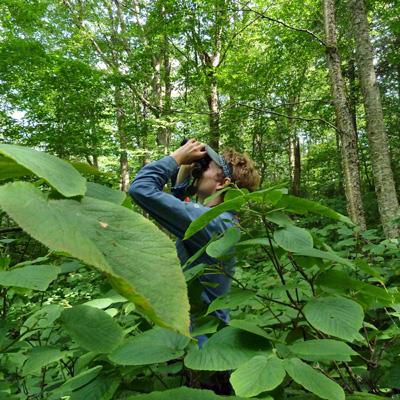
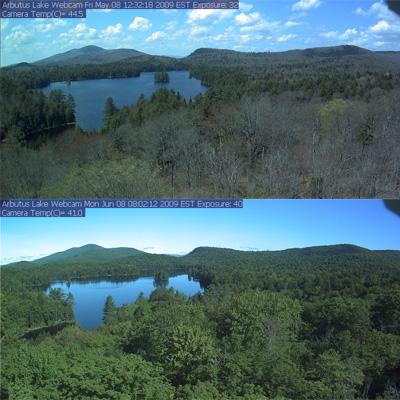
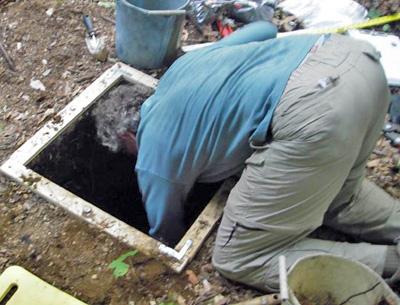
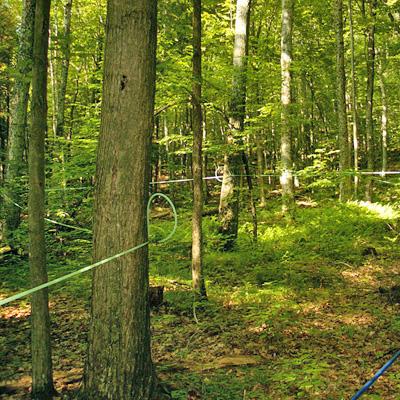
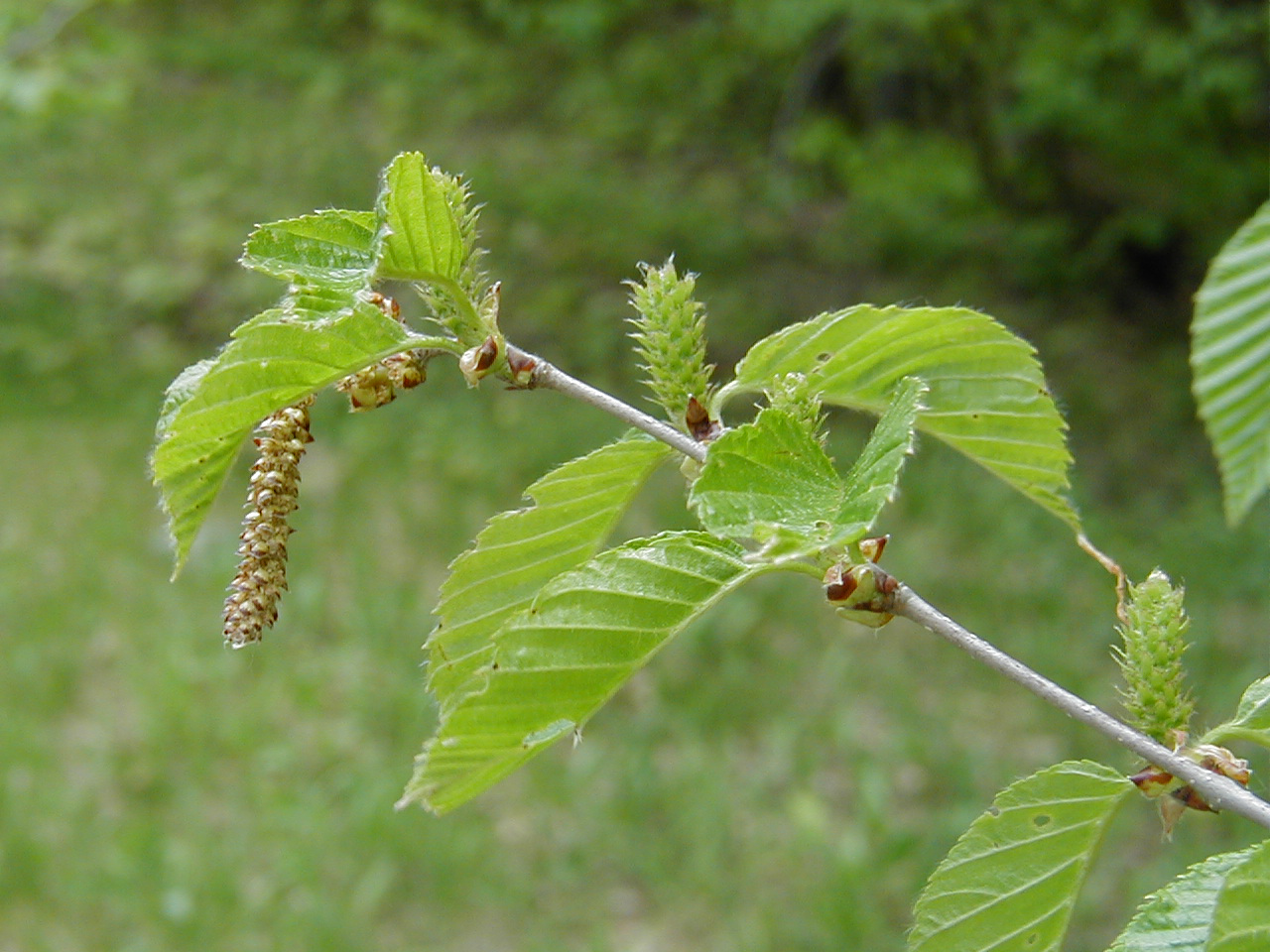
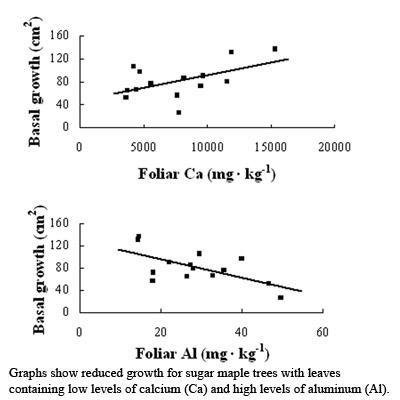

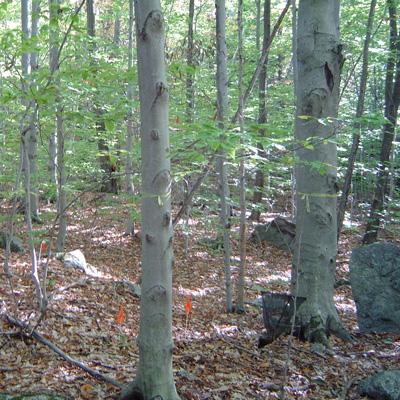
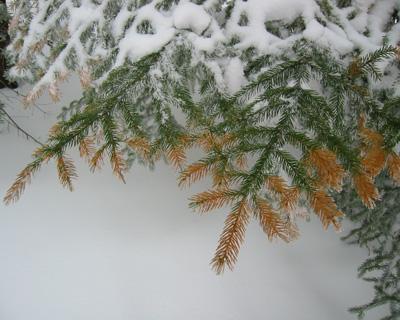
Downloadable: 2 datasets
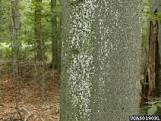

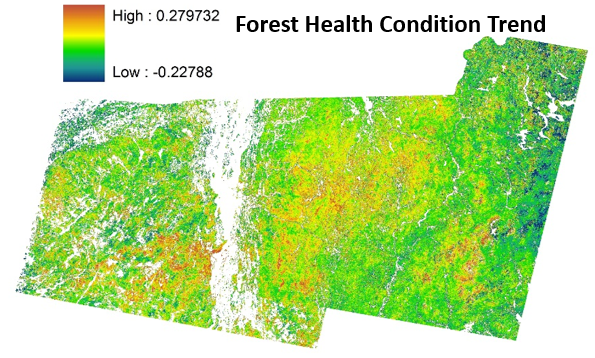
Downloadable: 1 dataset

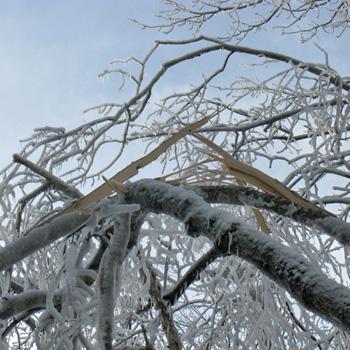
Downloadable: 6 datasets


By request: 1 dataset
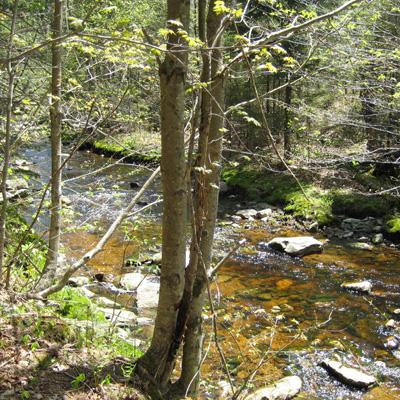
Downloadable: 1 dataset

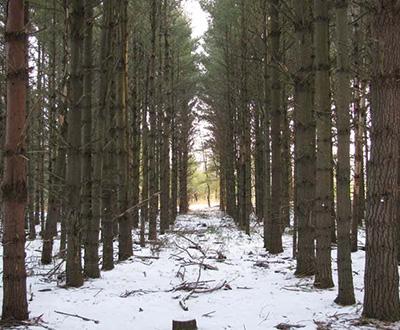

Description only: 4 datasets

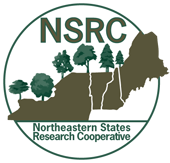
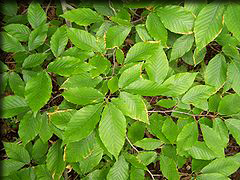

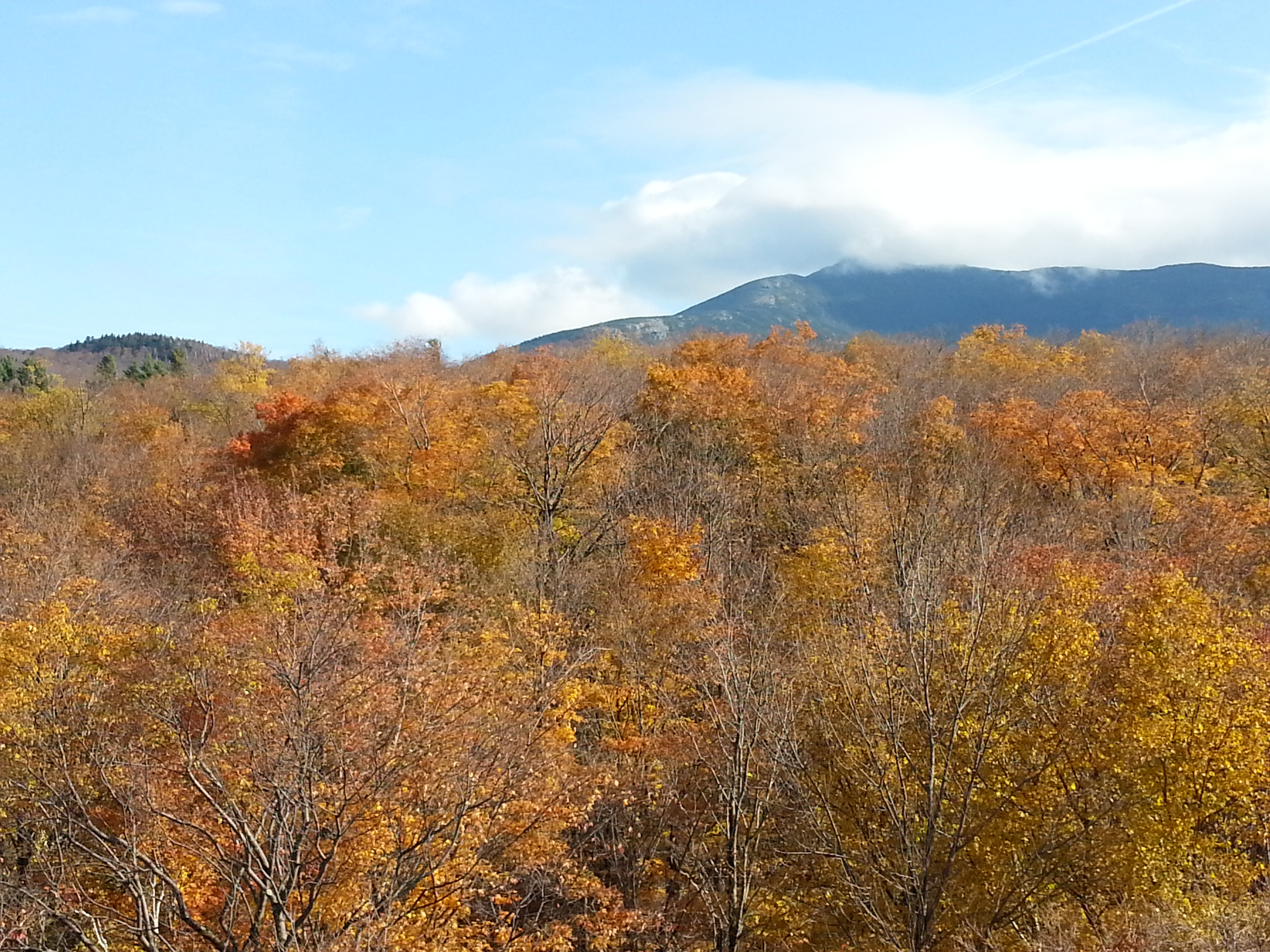
Downloadable: 1 dataset
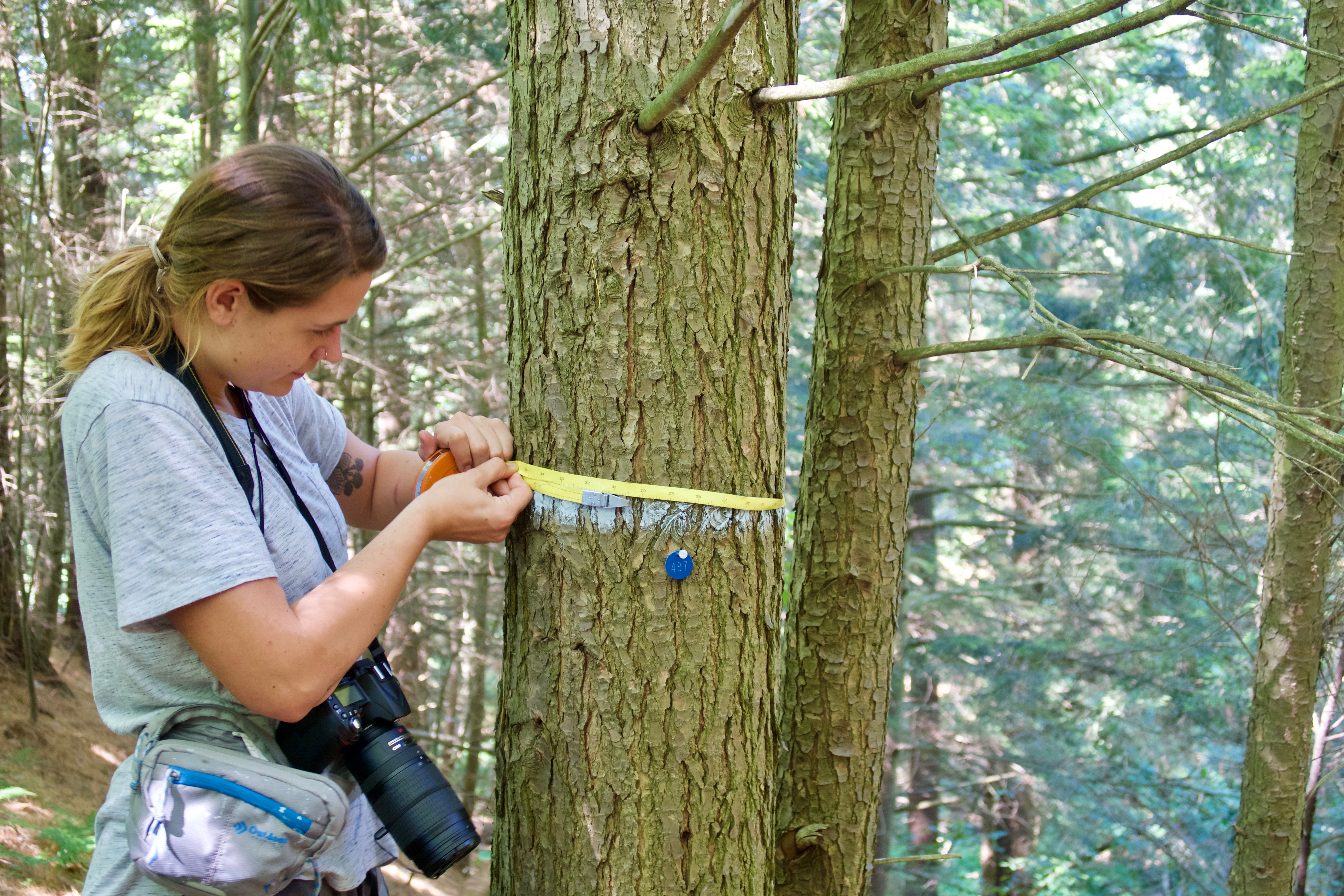
Description only: 2 datasets
Downloadable: 22 datasets
By request: 4 datasets
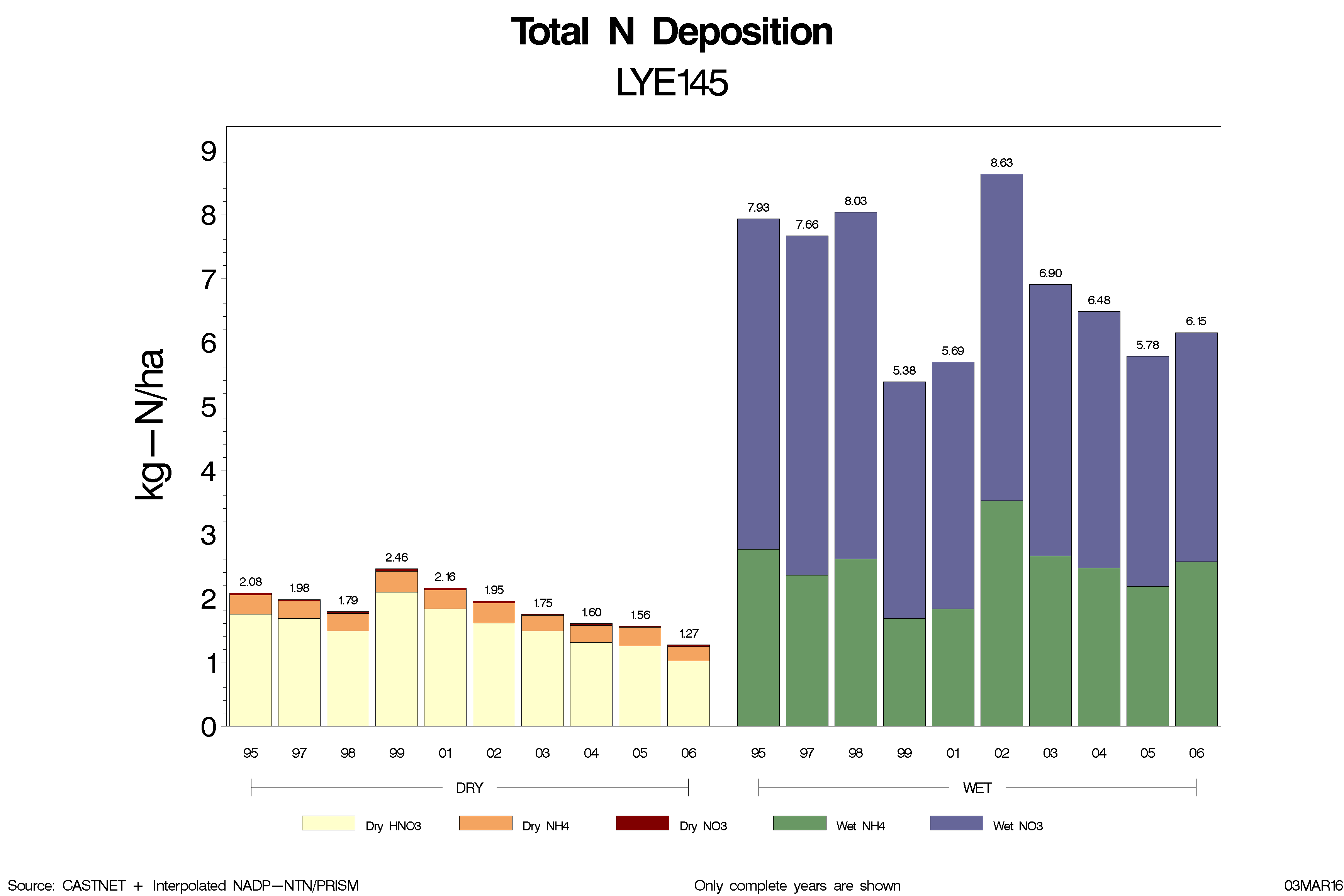
Downloadable: 7 datasets
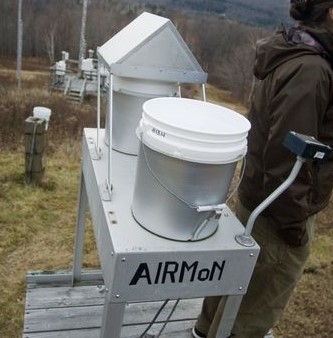
Downloadable: 2 datasets
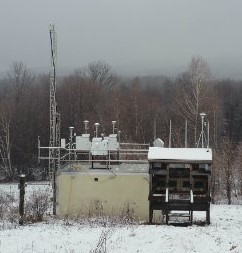
Downloadable: 5 datasets
Description only: 1 dataset
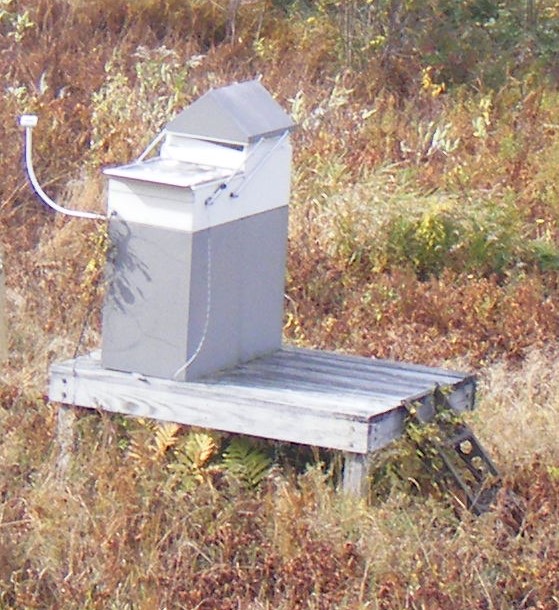
Downloadable: 6 datasets
Description only: 1 dataset

Description only: 2 datasets

Downloadable: 3 datasets

Downloadable: 3 datasets
By request: 1 dataset

By request: 1 dataset

Description only: 2 datasets
Downloadable: 7 datasets


Downloadable: 2 datasets

Downloadable: 1 dataset
By request: 1 dataset
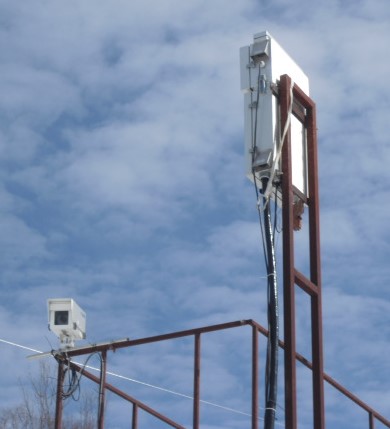
Description only: 1 dataset
Downloadable: 1 dataset
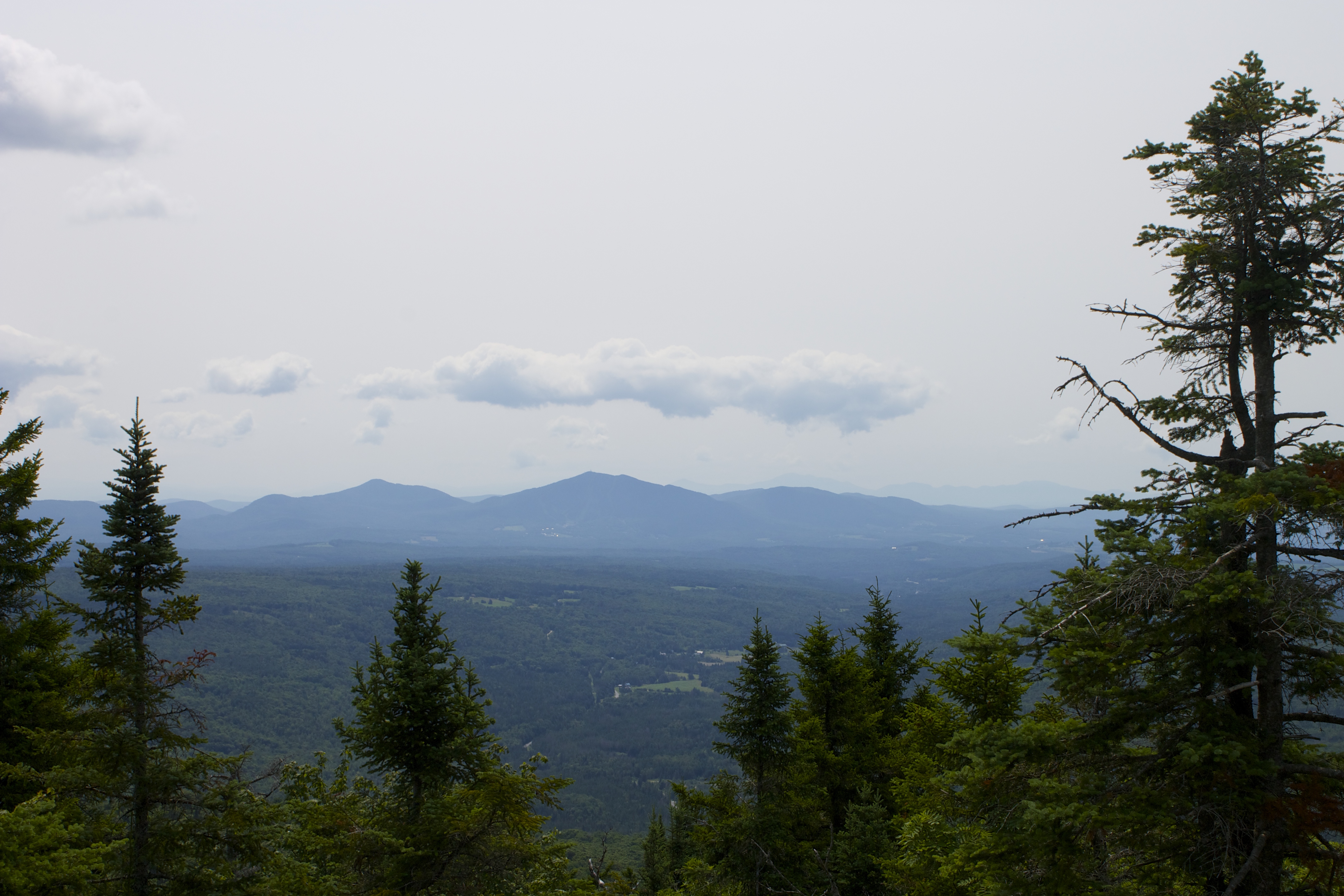
Downloadable: 9 datasets
By request: 4 datasets

Downloadable: 10 datasets
Description only: 1 dataset
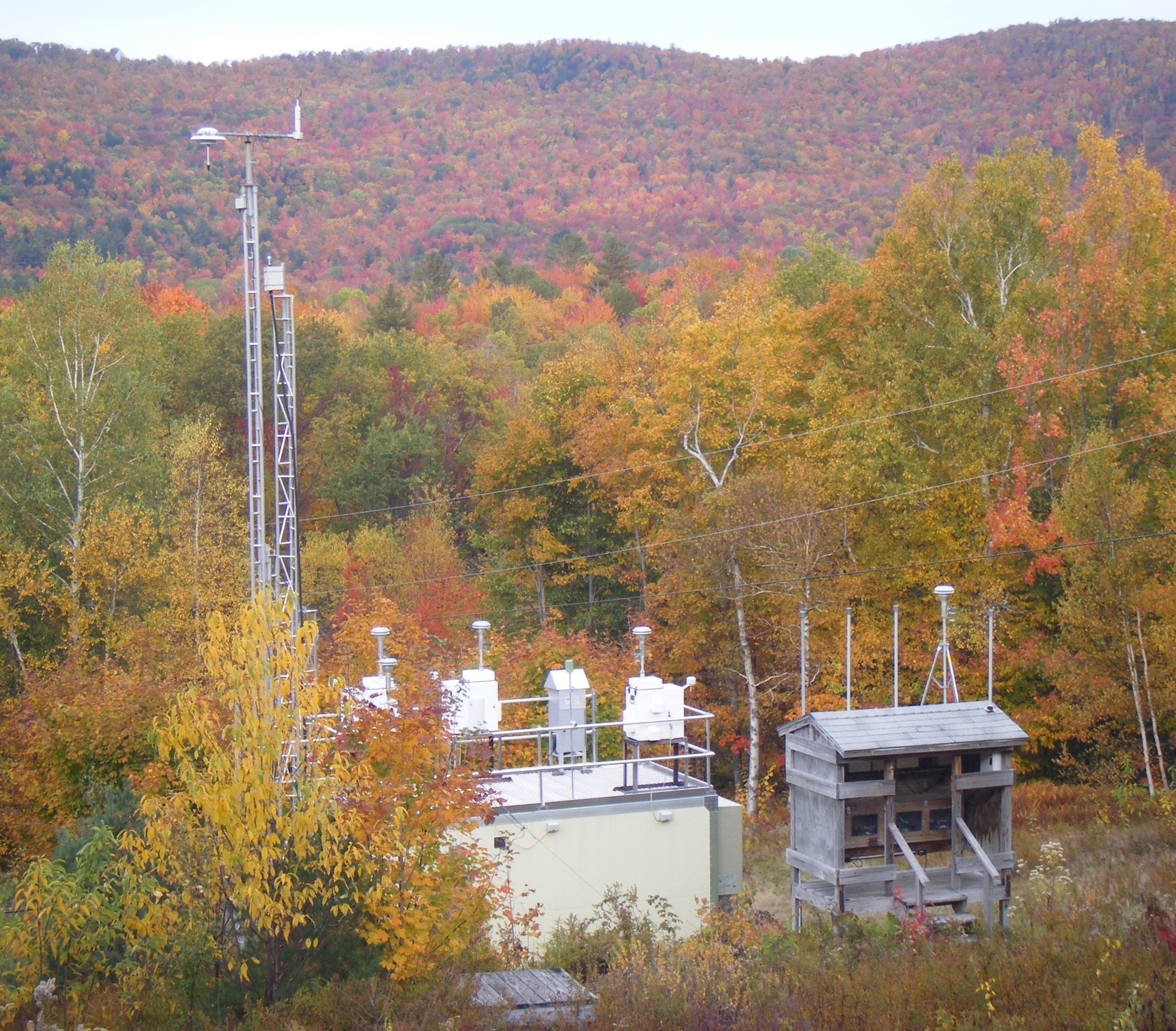
Description only: 1 dataset
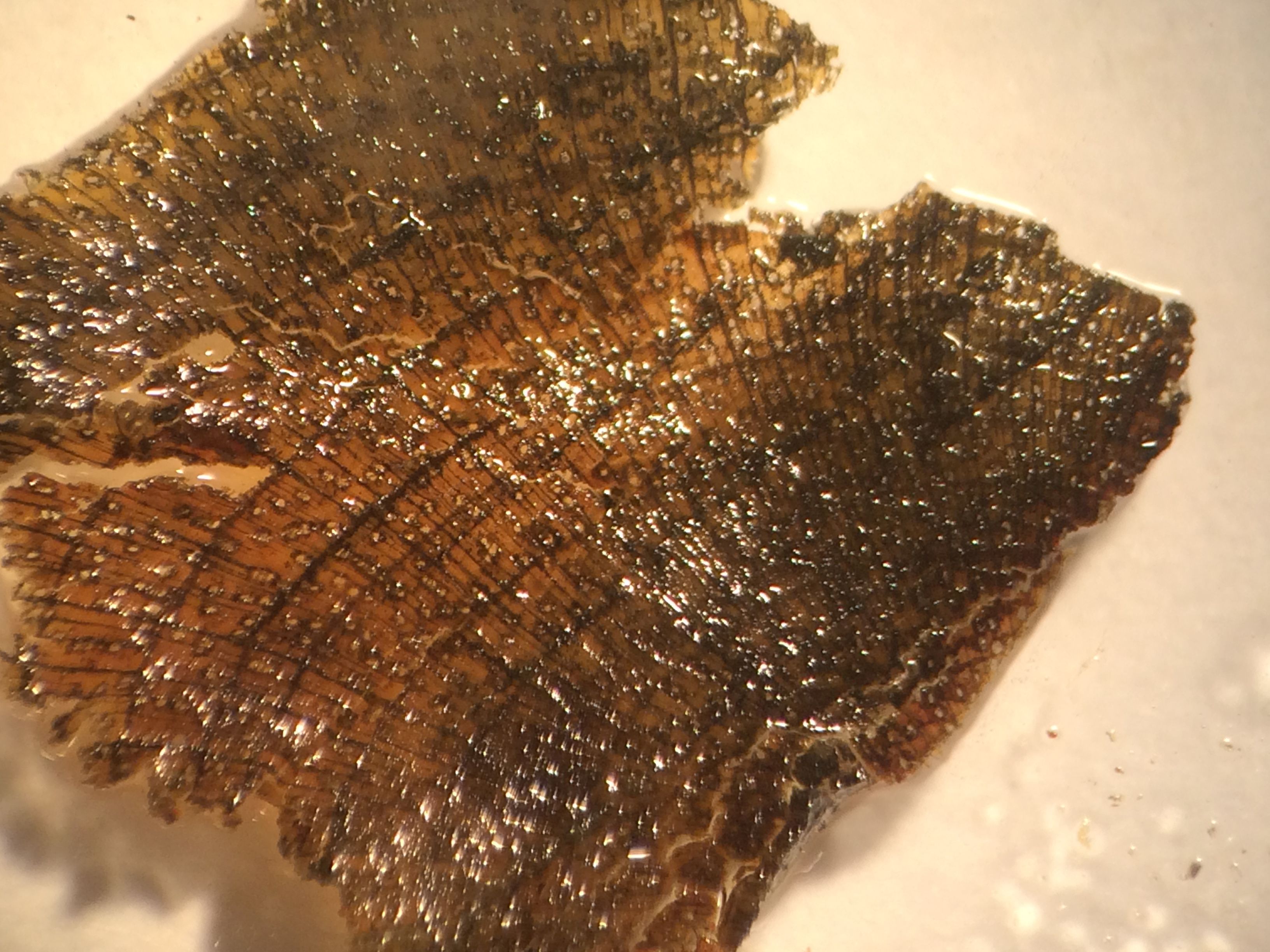
Downloadable: 1 dataset
Downloadable: 1 dataset
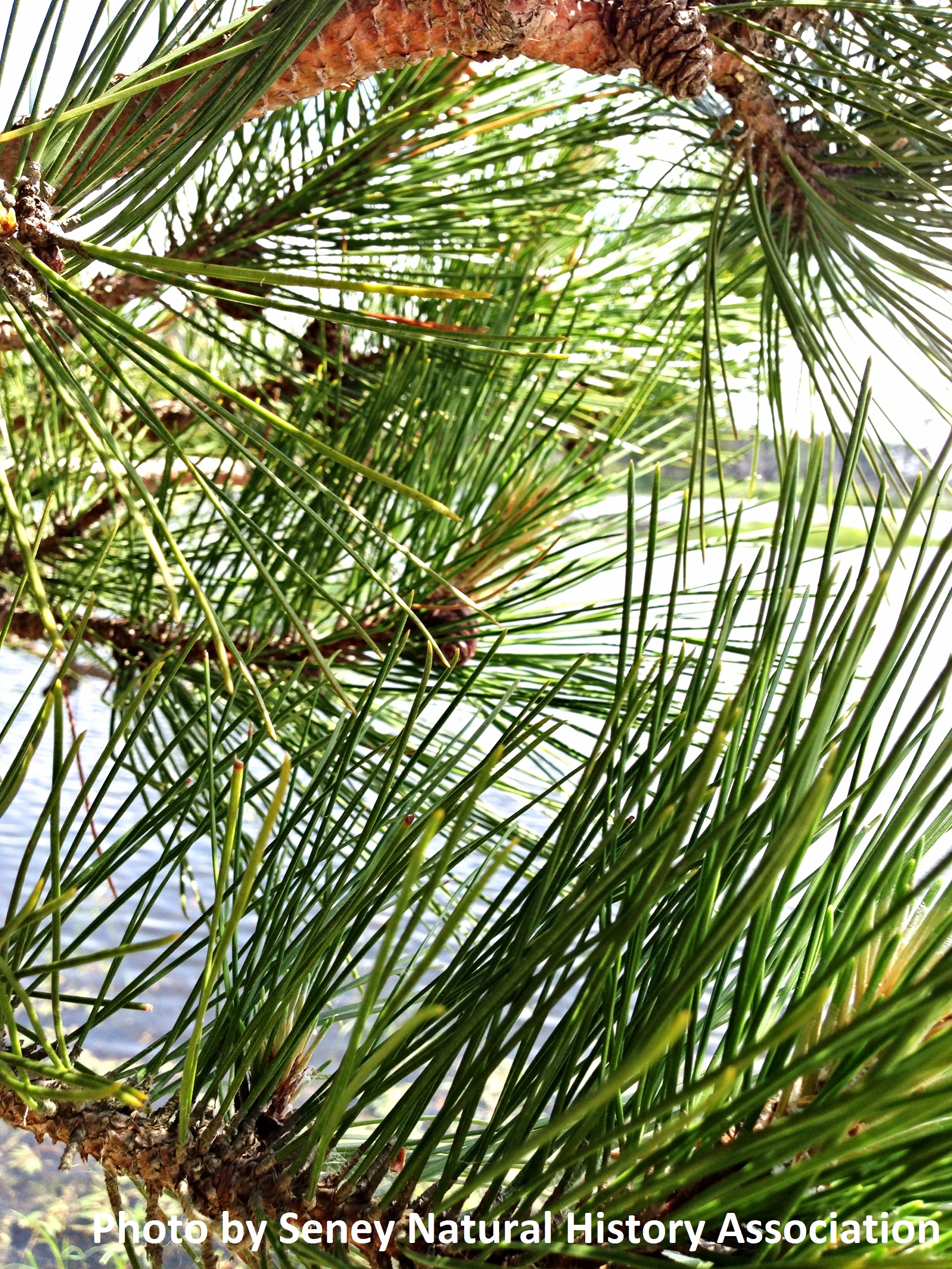
By request: 2 datasets



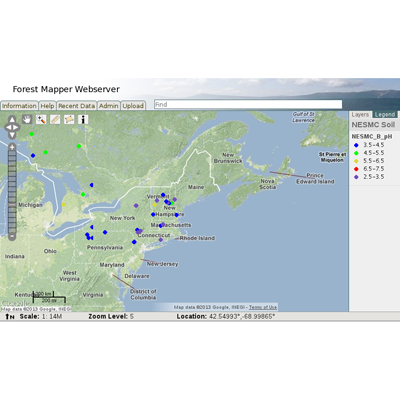

The Northeastern States Research Cooperative (NSRC) is a competitive grant program for Northern Forest research, jointly directed through the USDA Forest Service, Northern Research Station, the Hubbard Brook Research Foundation, and a designated institution in each of the four Northern Forest states: the Rubenstein School of Environment and Natural Resources at the University of Vermont, the University of New Hampshire, the Center for Research on Sustainable Forests at the University of Maine, and the State University of New York College of Environmental Science and Forestry. Since 2001, the NSRC has awarded more than 300 research grants, totaling more than $23 million, to researchers throughout the region.
The NSRC supports cross-disciplinary, collaborative research in the Northern Forest. Broad research goals are stipulated in the NSRC congressional authorization (Public Law 105-185). A central component of the program is the importance of the Northern Forest to society and the need for research activities to have relevance and benefit to "the people who live within its boundaries, work with its resources, use its products, visit it, and care about it."
Contact the Northeastern States Research Cooperative |
|
|---|---|
| Phone | (802) 656-4277 |
| nsrc1@uvm.edu | |
